History of hemp in Poland
min. reading
From more than a thousand years before Christ until 1883 AD, Cannabis Sativa, or hemp, was the planet’s most popular agricultural crop. The plant was the source of thousands of products, providing people with fiber, cloth, fuel oil, paper, incense and medicines, as well as food in the form of protein. In the territories of present-day Poland, hemp was also known to our pre-Slavic ancestors and was treated as a magical and very useful plant.
Table of Contents
Proto-Slavic culture and hemp cultivation
From a number of legends and a reconstruction of information passed down from generation to generation carried out by Kazimir Moszczynski, it is known that our ancient Slavic ancestors knew and commonly cultivated hemp. At that time, they could have been a very important source of raw material for linen, a source of oil, food. Without a doubt, on the other hand, it was our most popular plant associated with shamanic rites and cult rituals. Their popularity was also evident in Slavic mythology – the goddess watching over hemp crops was Konopielka-Rosomoch, who was their protector and guardian.
The role of hemp in medieval Poland
The medieval period, known as the Dark Ages, was marked in history by the large role of folk medicine. Hemp, due to its natural narcotic properties, as well as due to the mystical meaning and sorcerous power attributed to it by the people, was a very popular and readily used plant in folk medicine at that time. Particular power was attributed to fumigating the sick with hemp smoke. It was also believed that the plant had protective power against evil spirits and unclean powers. In turn, the fibers were used for industrial products, while the oil pressed from the seeds was used for smoking or mixed with ash to make laundry soap.
Hemp in the 16th – 18th centuries
One of the earliest mentions of hemp in Polish-language literature, dating back to the 17th century from under the pen of Syrenius, described hemp as a plant that “fills the head with hot vapors…”. During this period, the practice of medicine was gaining importance, as the Renaissance was one of the most educated sectors of society. The use of plant extracts was also becoming increasingly important. The Polish countryside loved hemp preserves not only for their anti-inflammatory and analgesic properties, but also for their culinary qualities. Dishes using hemp seeds, eaten on special occasions, such as the soup siemieniotka, containing hempseed, enjoyed great popularity. The 16th century in the history of Poland, described as a golden age, was marked by the economic, military and political dominance of the Republic in Renaissance Europe. During this period and somewhat later, the large share of hemp and raw materials derived from it, for example, oil (hemp seed oil) seeds and fiber, in foreign trade is indicated. There is even a theory that the Polish economy became largely rich precisely on hemp exports, indicated by the accounts of the Apostolic Nuncio, Julius Ruggieri.
19th and 20th centuries
The enormous potential of cannabis for medical treatment as well as industry was recognized, and Poland was no different from other countries in this regard. Medicines in the form of tinctures and macerates made from cannabis were widely available in pharmacies, which were used for constipation, colic, hypertension, bronchial asthma, as well as rheumatic pain, insomnia or nausea. Various manufacturing industries used hemp, hemp paper, hemp fabrics were common. The share of hemp products in daily life was very large, our ancestors of this period built houses with hemp building boards, stuffed beds with the fiber, and wrote letters on hemp paper. The interwar period was marked by the development of both technology and also academic medicine, so by then hemp cultivation was already slowly losing ground. The focus was on heavy industry, sidelining issues related to hemp plants and the capital accumulated around them. Hemp cultivation on Polish soil was losing its importance.
Communist times – THC legal, but…
After World War II, hemp was legal, but its demonization began, as well as a vilification of traditional cannabis, which was described as a drug that stirred the senses. In the early years of communism, hemp cultivation and possession was legal. In 1985, the cultivation of hemp without a proper permit was banned; it was only possible for industrial purposes. The former hemp plants almost completely disappeared from the Polish countryside. They were replaced by monoecious fiber hemp, artificially bred and released only after the war, characterized by low THC and high CBD content. The plant was commonly used for fiber production. However, in the second half of the 20th century, demand for it gradually declined.
2005 and hemp today
The Anti-Drug Abuse Act of July 2005, which followed a 1961 United Nations resolution in which 60 countries declared the outlawing of hemp in their territories, sealed the change and pushed cannabis into the black market. Before the outlawing took place, however, 2003 saw the smallest hemp planted area in the history of records, at around 80 hectares (compared to 1960’s around 30,000 hectares). A dynamic increase in the size of the hemp acreage was recorded after 2004, and this trend continues today. We are witnessing a true renaissance in terms of industrial use of hemp, but also a gradual restoration of its rightful place in the social sphere.
Sources:
- Benetowa, „Konopie w wierzeniach i zwyczajach ludowych”, wyd. Towarzystwo Naukowe Warszawskie, Warszawa 1936 r.

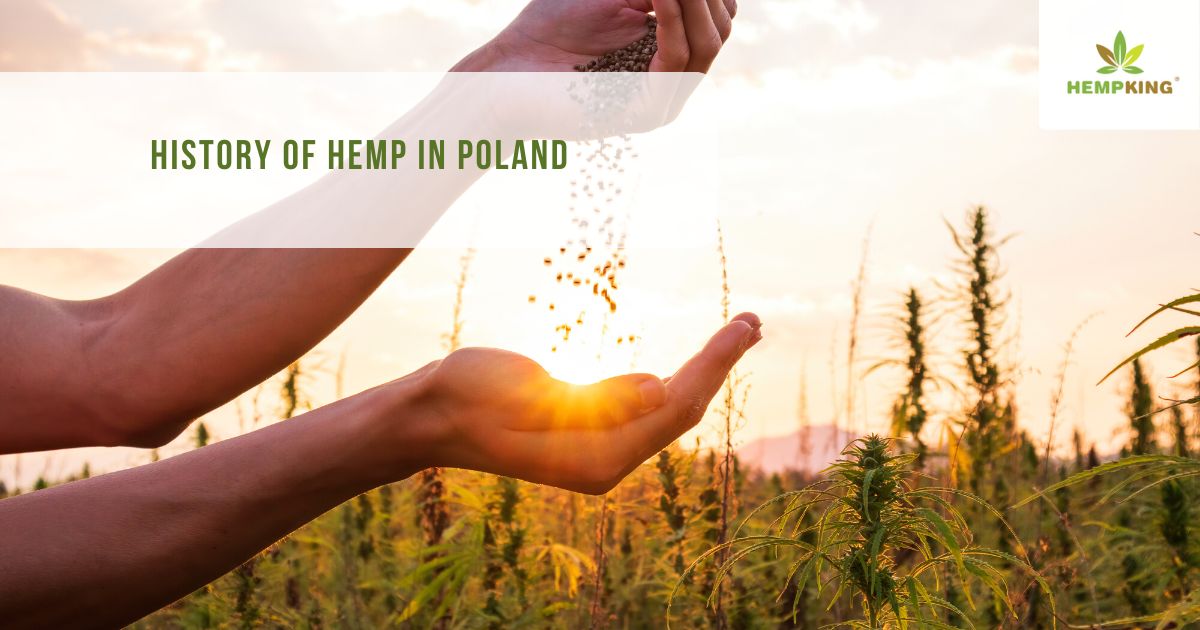


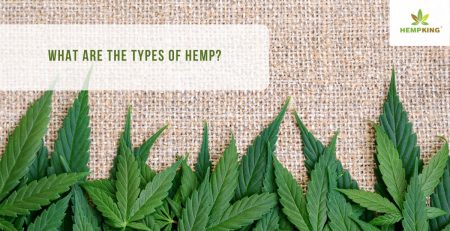
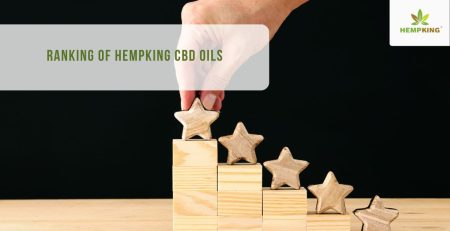






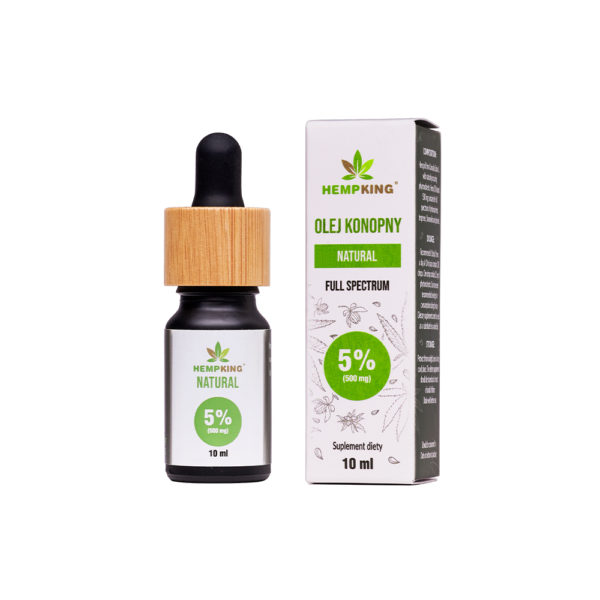
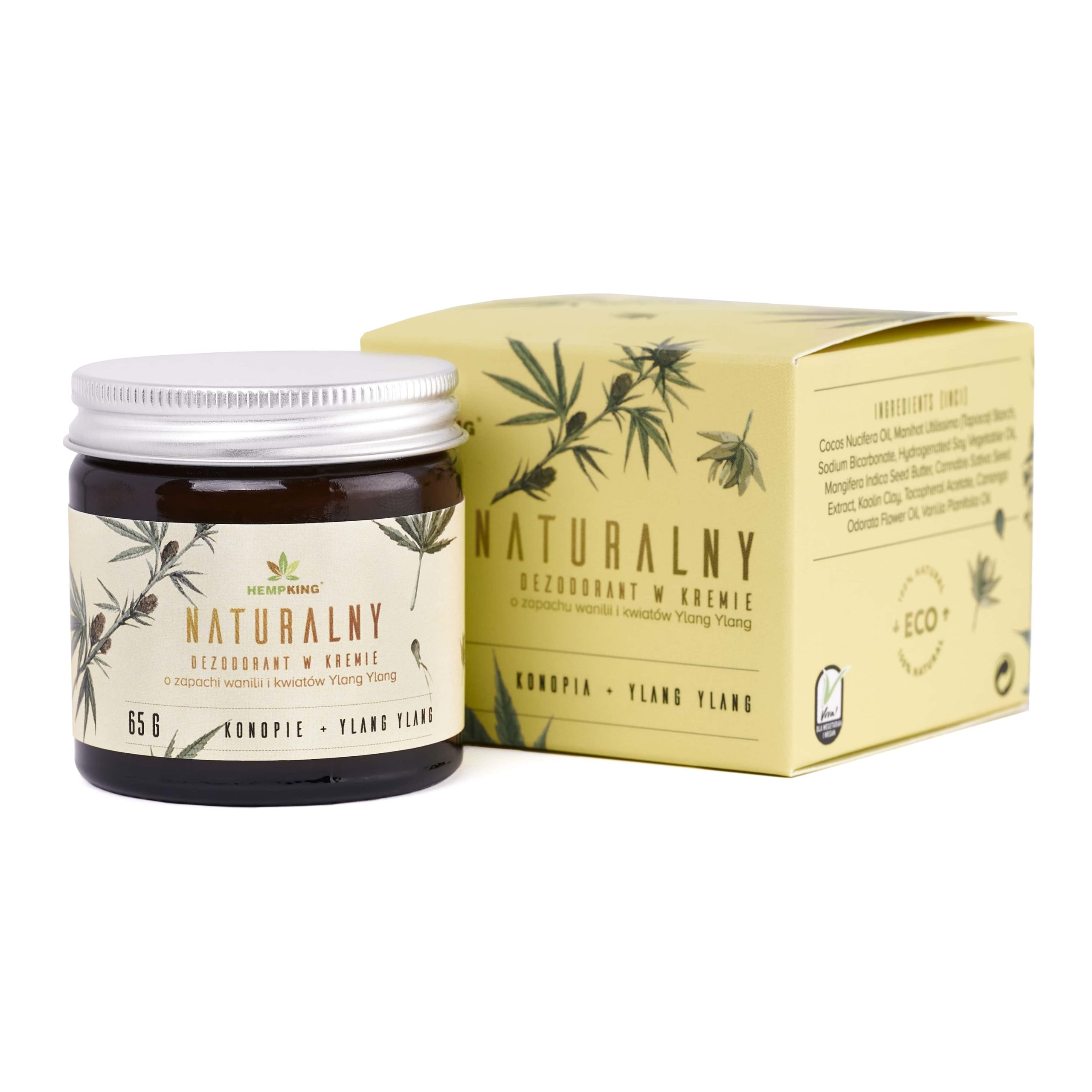
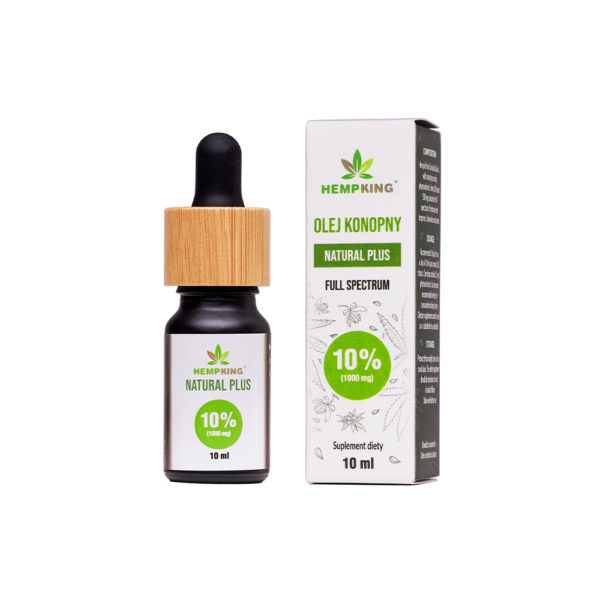
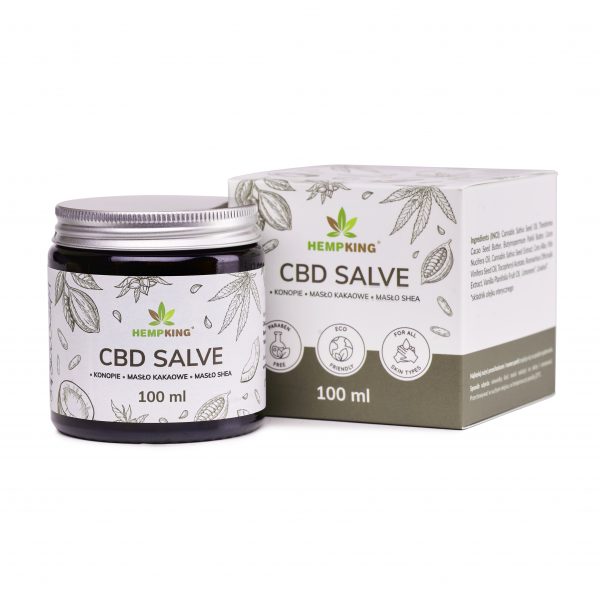
 Facebook
Facebook Instagram
Instagram

Leave a Reply